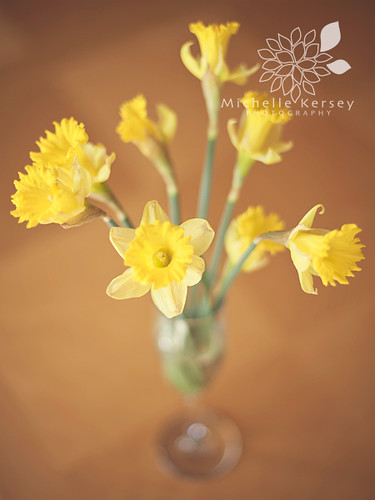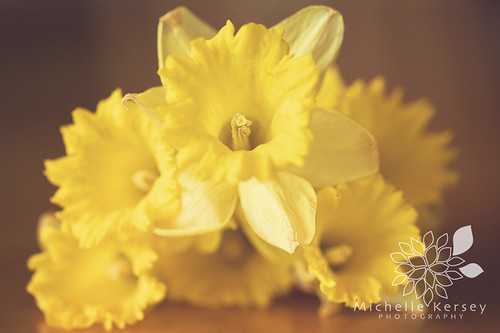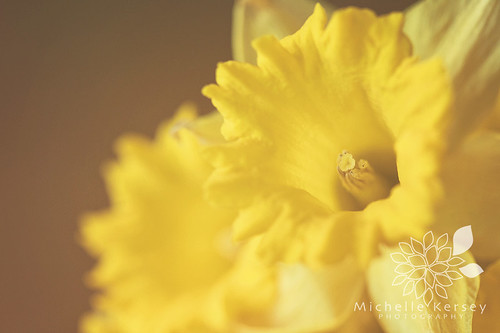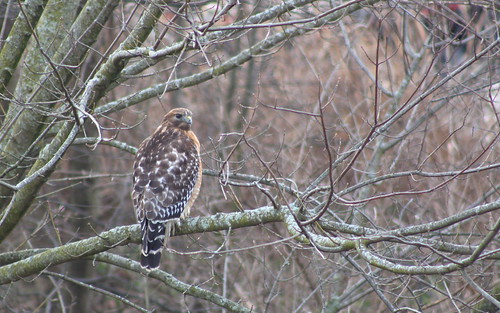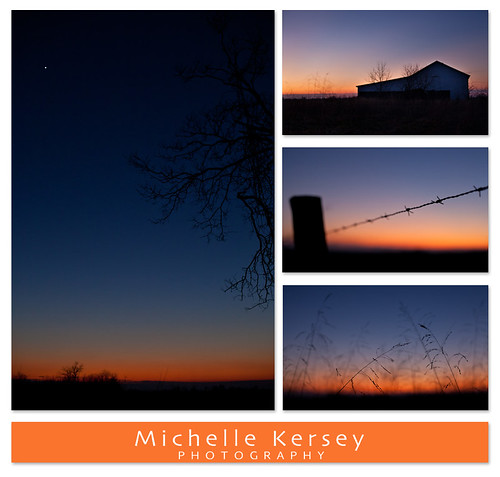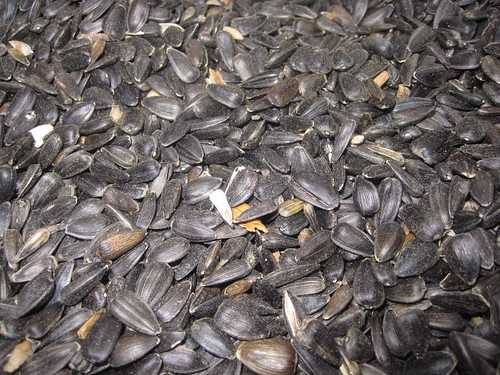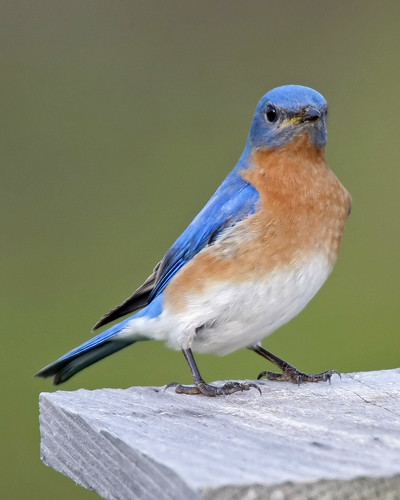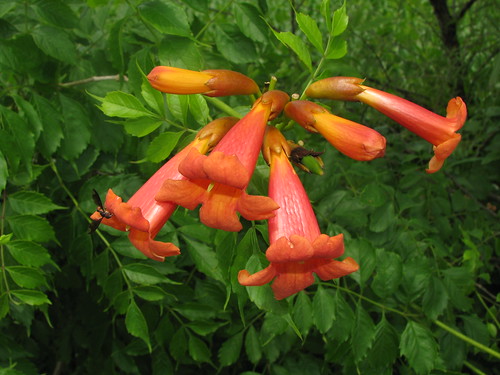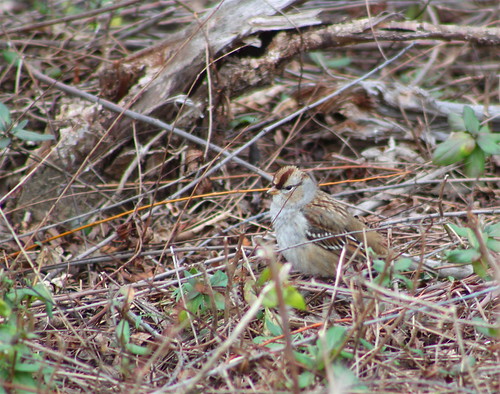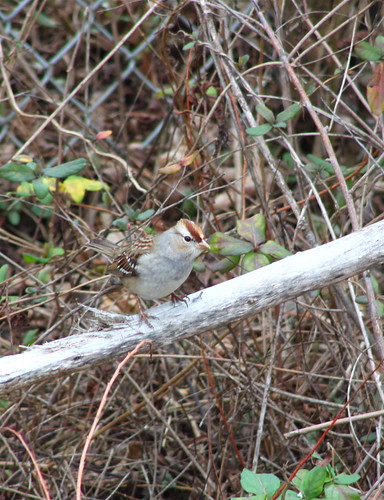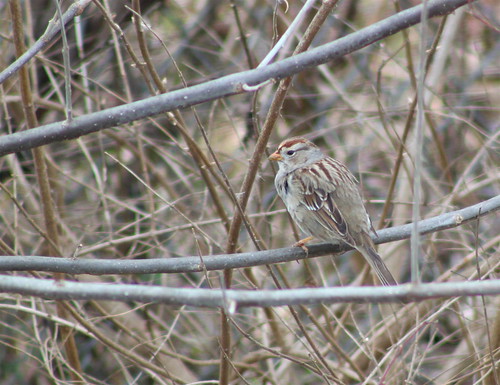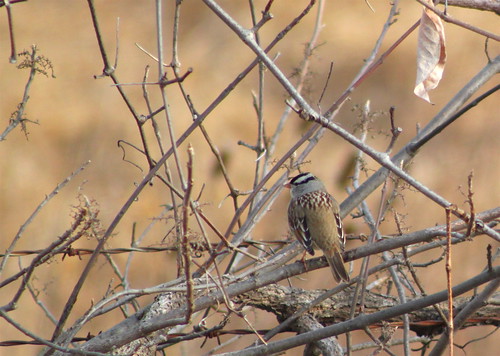I received a lot of great feedback on my Birding 101 post so I plan on doing several more focusing in depth on specific issues. Today, we will discuss backyard bird feeding and what you need to do to successfully feed your feathered friends. Let's get started
Placement
The very first thing you want to consider before putting up your bird feeders is placement. It is hard to go wrong on where you place a bird feeder but there are a few things you will want to keep in mind to make sure the birds are safe. Find a spot in your yard where you can observe the birds easily and set the feeder up there. The better you see the feeder the more joy you will get out of watching the birds.
If your feeder is near a window, be sure to place it within 3 feet of the window to reduce window collisions. If the birds get startled and fly from the feeder, having it close to the window will mean they have less speed if they collide with the window, and therefore a less likely chance they will be injured. You can go a step further and draw a grid on your window with a highlighter marker. It will not be visible to you but the birds can see the infrared lines on the window and will be less likely to think they can fly through it.
Another consideration when feeding birds is neighborhood cats. Cats are some of the most deadly predators on earth (even Fluffy) and some will stalk bird feeders for an easy meal. If you know cats are a problem in your neighborhood, keep your feeders high and out of reach. If you have or are considering getting a cat, think about making the it an indoor cat only to reduce the number of songbirds killed each year from cats.
Types of Feeders and Seeds
There are many, many different types of bird feeders and seeds to fill them with. Much human ingenuity has been put into designing bird feeders, especially those that exclude pesky squirrels from emptying your feeder. Often to little avail. What you need to know is that you can buy a fancy expensive bird feeder or you can keep it simple. The
tube feeder is by far the most ubiquitous and cheap option and I highly recommend them. They can be found at hardware stores or grocery stores and are easy to fill and clean, and since they are cheap, you can buy several and increase the size your bird feeding operation! Of course whatever you choose is up to you. Just be sure it is easy to refill and
clean it often. Below are some of the best types of seeds to use to fill your feeder.
1.) Black Oil Sunflower - If you remember anything from this article, remember that you can't go wrong with Black Oil Sunflower seeds. There have been studies performed that show this type of seed is the most preferred among several types of birds. The seeds come from a native sunflower and are high in fat which the birds need in winter. You can usually find a 50 pound bag for about $20. Check your local small hardware store for the best deals.
2.) Nyjer (thistle) - These small thin seeds are a favorite of American Goldfinches. They love this seed and will flock to your feeders in droves if you offer it. It will also attract Indigo Buntings to your feeders in the spring. This seed can be a bit pricey but is a great addition to your bird feeding station.
3.) Millet - A lot of bird seed mixes use a large amount of millet because it is cheap but unfortunately most birds don't like it very much. Some pet stores (like Feeder's Supply) allow you to select different types of seeds to make your own custom mix. This is nice because you can get a small amount of millet for the birds that do like it. Sprinkle some on the ground for the doves and sparrows that don't normally sit at feeders to get seeds.
4.) Suet - Suet is a pretty name for animal fat. You can buy suet in blocks anywhere bird seed is sold and is often speckled with seeds or cracked corn. It is a favorite of woodpeckers and chickadees but is also relished by Pine Warblers if you are lucky enough to have them in your area. It is a great supplemental food to offer your feathered friends in the winter.
5.) Marvel Meal - This is a type of home-made bird food made from common ingredients you may already have in your kitchen. It is a great supplemental food and is enjoyed by just about every species of bird. The recipe is made by mixing the following:
- 1 cup creamy peanut butter
- 1 cup vegetable shortening
- 1 cup white flour
- 3 cups yellow corn meal
Mix all the ingredients and you will have a creamy paste. Smear this mixture into the crevices of a tree trunk or just spread it on the ground.
6.) Mealworms - Here is a different offering that not many people think about. Mealworms can be purchased in cups at your local pet store. Place them in a cup or on a flat surface outside for Eastern Bluebirds. Bluebirds love live food and if they are present in your area they will come from all around for a live treat.
7.) Nectar - Hummingbirds are a particular treat to have around in the spring and summer (and sometimes even early winter!) and you should offer them nectar to bring them to your yard. Hummingbird feeders can be purchased just about anywhere. However, steer away from hummingbird nectar form the store. They often contain a red dye which can be harmful to hummingbirds, so instead make it yourself. The recommended mix is to add 1 part sugar to 4 parts water.
Be sure to check out this
feeding chart made available for National Bird Feeding Society to see which foods attract which birds.
Gardening For Birds
If you have acreage or just an apartment balcony, you can do something to garden for birds. Whether it is planting a full fledged native garden or a single plant, every little bit helps to attract birds. The first rule to gardening for birds is to reduce the amount of lawn on your property. Fescue offers little in terms of habitat and food resources, so it is best to eliminate it as much lawn as possible. While you go about reducing your lawn, eliminate all invasive plants as well. There are many types of non-native species that offer little to songbirds and crowd out native species. Check out
Bernheim's List of Least Wanted Kentucky Plants or
Kentucky Division of Forestry Invasive Plant List.
Your best bet for a bird garden is to use native species to your area. Birds in your area have adapted to use these plants over many years and they provide the resources needed. Native plants will attract beautiful migrants that normally don't visit bird feeders to your yard. Try small trees that offer berries like Red Mulberry, Common Chokecherry, or Flowering Dogwood. Some trees good for providing shelter are Eastern Red Cedar and American Holly. Smaller shrubs that provide food like Red-Osier Dogwood, Common Winterberry, or Highbush Blueberry are a great addition as well. Generously spread coneflower and sunflower seeds to provide food for a variety of birds. Leave dead seed heads standing through the winter to provide a continual food resource for birds like goldfinches and cardinals. Last but not least, add plants to attract hummingbirds to your garden. Salvia species are a favorite of hummingbirds as are Coral Honeysuckle and Trumpet Creeper. Many plants that attract hummingbirds will attract many butterflies as an added bonus. See my
past posts for more plants and check out my
plant list for even more options.
Finishing Touches
There are a few finishing touches to make add to make your bird feeding station and garden complete. Add a bird bath to refresh your feathered friends. Place an aquarium heater in the bath to keep it ice free in the winter or add a fountain in the spring and summer. The sound of running water attracts birds from near and far to your yard. In the spring, slice an orange in half and leave it outside to attract orioles to your yard. These colorful birds love to eat and drink the juices from oranges. And finally, when first putting up your bird feeders, be patient. It may take a week or so for the birds to find your feeders. Once they do though, you better be sure to keep them full or the chickadees will scold you every time you leave the house! I hope these tips help as you build your bird feeding station and garden and good luck!



 11:23 PM
11:23 PM


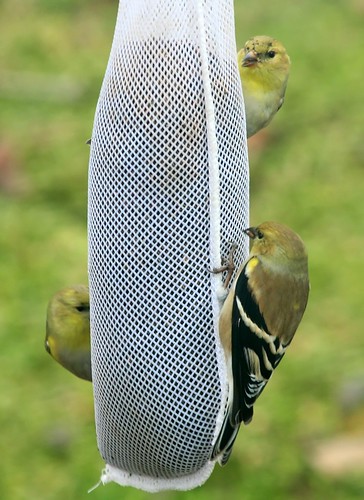



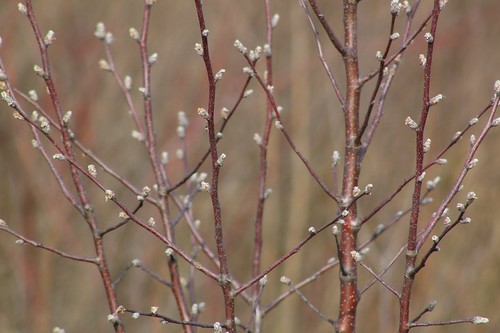
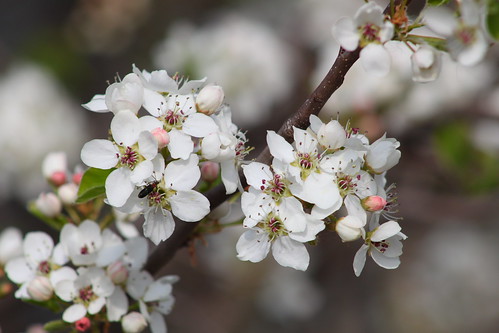
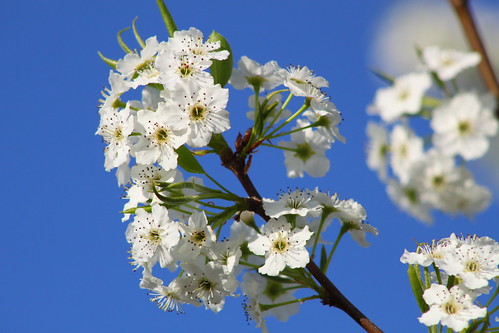
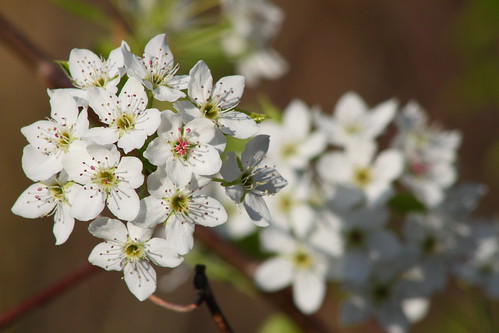
 Posted in:
Posted in: 